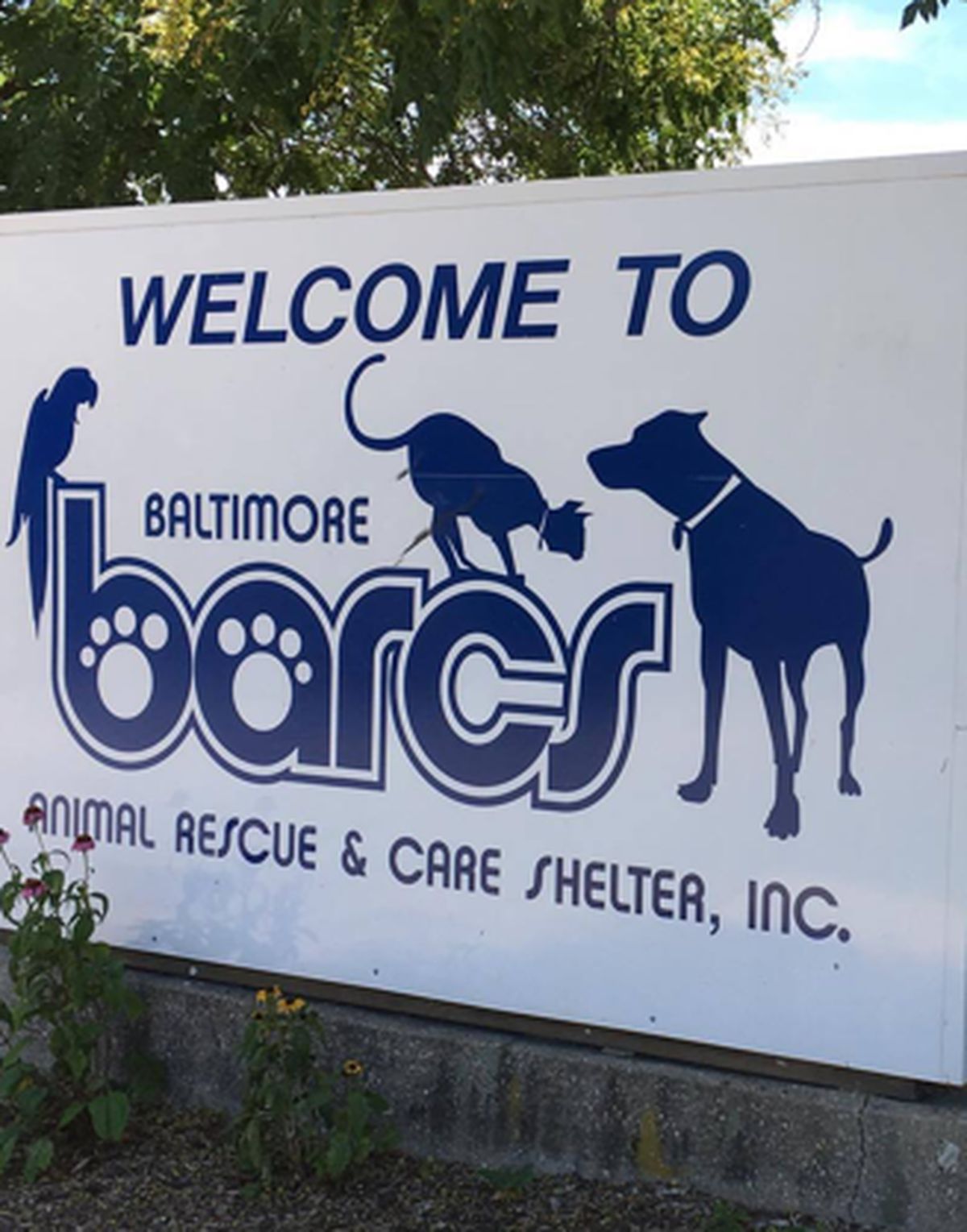BARCS' story begins a decade ago, in a little blue building nestled along the water's edge in Baltimore's historic Federal Hill. Prior to becoming a non-profit, the building housed was known as the Baltimore City Municipal Animal Shelter. Like many city agencies, the animal shelter had to compete with other agencies for the limited funding and resources Baltimore City could provide. This meant that the animal shelter was often placed as a last priority. As a result of these limitations, it was woefully underfunded and understaffed, which translated into poor husbandry practices, poor customer service, a poorly maintained building and astonishingly low adoption rates.

In 2005, in response to the need to improve the existing city shelter and make the conditions more humane, Baltimore City committed to dividing the animal shelter into two separate organizations. The Bureau of Animal Control, remained a public city agency and is responsible for operating a 24-hour, 7-days a week program that handles all animal issues outside of the shelter: brings strays into the animal shelter, impounds vicious animals, investigates rabid animal reports, handles enforcement of animal laws, and responds to animal cruelty complaints. The new organization, the Baltimore Animal Rescue and Care Shelter, Inc. (BARCS), was officially recognized as a 501(c)(3) nonprofit organization in July 2005. In 2006, the Board of Directors was formed, comprising of a small group of community members and government officials. Together they hired an Acting Executive Director to begin the shelter's transformation. In the spring of 2006, BARCS became the responsible organization for the oversight of all shelter operations and programs for the Baltimore City shelter.

BARCS now provides animal care and adoption services, spaying and neutering for animals in its adoption program, public education and outreach, tracks lost and found pets, and sponsors low-cost vaccination and microchip clinics. Through this new partnership, the animal shelter’s resources have been increased through enabling it to have the flexibility of a non-profit, but the backing of the city government through a grant for some of the basic operations.
The positive results of this reorganization show that the plan is working. In just over a year, BARCS significantly increased the number of dogs and cats saved from a total of 240 in 2004 (under Animal Control), to 738 in 2005, and more recently nearly 11,000 dogs and cats in 2018. Additionally, BARCS hired all non-profit staff members, created and expanded its volunteer program, created a foster program, began offsite adoptions, created a fund to care for sick and injured homeless animals (The Franky Fund), established working relationships with other local animal shelters and animal rescue groups, and increased the community’s awareness of the shelter and the needs of its animals.
